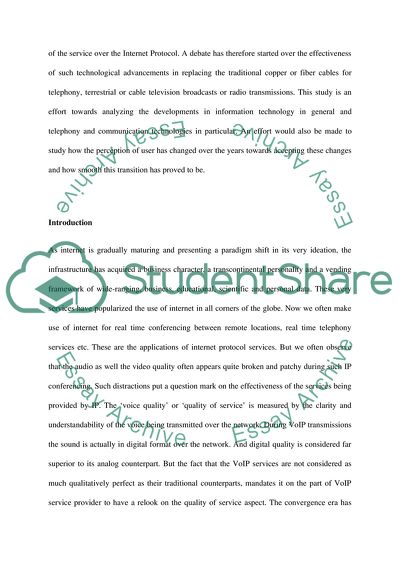Cite this document
(Quality of Service of Voice over Internet Protocol Coursework, n.d.)
Quality of Service of Voice over Internet Protocol Coursework. Retrieved from https://studentshare.org/information-technology/1549034-quality-of-service-of-voice-over-internet-protocol
Quality of Service of Voice over Internet Protocol Coursework. Retrieved from https://studentshare.org/information-technology/1549034-quality-of-service-of-voice-over-internet-protocol
(Quality of Service of Voice over Internet Protocol Coursework)
Quality of Service of Voice over Internet Protocol Coursework. https://studentshare.org/information-technology/1549034-quality-of-service-of-voice-over-internet-protocol.
Quality of Service of Voice over Internet Protocol Coursework. https://studentshare.org/information-technology/1549034-quality-of-service-of-voice-over-internet-protocol.
“Quality of Service of Voice over Internet Protocol Coursework”. https://studentshare.org/information-technology/1549034-quality-of-service-of-voice-over-internet-protocol.


